HITEC Sensor Developments, Inc. (United States) - The function of many drug-delivery, therapeutic, and medical device systems often relies on a change in force. This change can be initiated by either the patient (ie, manually) or can be changed by the device itself (ie, automatically).
Force sensors can measure changes in force and relay this information to the clinician and/or patient for adjustments. Certain insulin systems, for instance, can monitor blood glucose levels and deliver timely doses of insulin to patients with diabetes, whereas other force sensors can help regulate the amount of medication a patient receives.
Today, technology that captures and monitors these changes in force can subsequently streamline the processes of medical devices, making these devices “smarter” and more efficient in its therapeutic delivery. Overall, these “smart” medical devices can eliminate the guesswork and optimize outcomes.
Force-sensing technology enables in-depth monitoring of force changes and, when included in a medical device, allows that device to become more efficient in its primary function(s). The challenge with force sensors often lies in the selection process, considering devices vary in size, function, software requirements, indication, etc. This is where custom-made force sensors come into play. Custom-designed sensors, particularly in the medical device industry, may be the saving grace for systems that often rely on a one-size-fits-all approach.
Examples of Force Sensors in the Medical Industry:
Flexibility and functionality are important aspects of selecting a force sensor as is finding a sensor that reduces utilization burden to the end user. For medical devices, custom-made sensors may be the answer as this option allows for greater flexibility in the design of a device. While many force sensors are small and compact, custom-made sensors allow for easier integration into devices, regardless of their dimensions. Considering the diversity in the medical industry, custom-designed force sensors are often necessary for many medical devices.
One example of a force sensor is an upstream occlusion sensor, frequently used in peristaltic infusion pumps used to pump IV fluids through infusion systems. A custom-designed occlusion sensor detects changes in pressure in the tubing built into peristaltic infusion pumps. During routine operation, fluid moves through the tubing, resulting in the tubing pushing outward and applying a force on the sensor. In the presence of occlusion, the tubing then pulls away from the sensor, reducing the force triggering. This reduction often indicates the use of an obstruction or warning in the fluid path.
Another example includes strain gauge transducers for surgical table weight feedback, ultimately providing accurate patient positioning during surgery. To measure position weight feedback during surgery, and to subsequently optimize post-surgical outcomes, transducer class single-grid linear-pattern strain gauges are installed on plates.
Force sensors can also establish proper balance within the joint during orthopedic surgery. During operation, force sensors can quantify force and help surgeons make adjustments based on the data provided. Foot rehab can also be another area where force-sensing technology can assist in the healing process. The sensors can be integrated into biofeedback systems and work to improve gait.
Laparoscopic surgical instruments are another medical device area where custom-made force sensors may be effectively applied. In advanced laparoscopic surgery in the abdomen, for example, strain gauges can be used for force measurement. The gauges allow for improvements in viewing the working site as well as quantification of pressure on the trocar and entry site.
The Benefit of Custom-Made Force Sensors for Medical Devices:
Engineers typically use either strain gauges or load cells in force sensors, such as threaded rod load cell, rod end force, pancake force sensor, and high overload protected load cell, for their accuracy. Touch sensors can be easily customized to conform to or around a device to measure force changes. An example where touch sensors can be embedded include high-pressure micro-needle drug-delivery devices. Force sensors can be custom designed to fit around the micro-needle, enabling a more complete and thorough application of the needle patch.
When designing force sensors, engineers should consider the usability challenges to patients with current devices and how a sensor might help in capturing force changes or force impacts. Also, engineers should work diligently during the prototype process to ensure that the force-sensing technology won’t require excess power or space to maintain the functionality of the device. The force sensor supplier should also be an ISO 13485-certified company with a documented history of manufacturing sensors for the medical device industry.
HITEC Sensor Developments is an organization leading the way for the medical industry in custom-designed force sensors, producing a wide range of force sensors tailored specifically for devices across multiple indications.








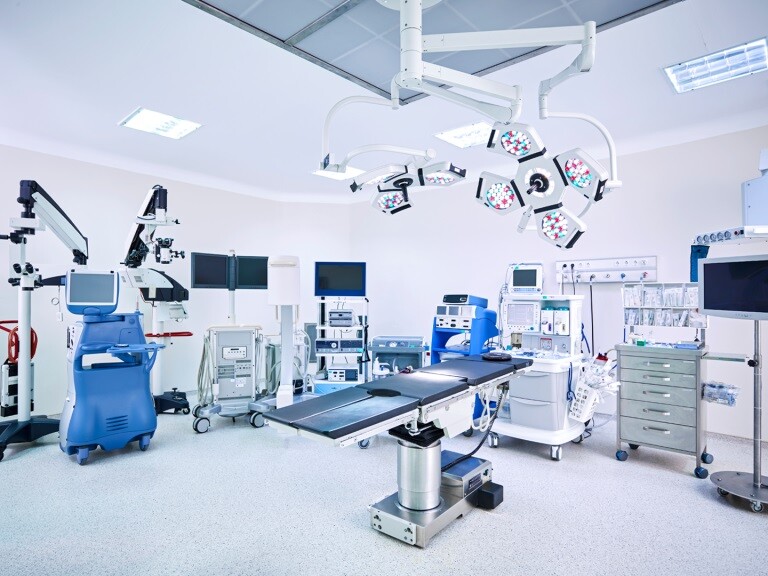








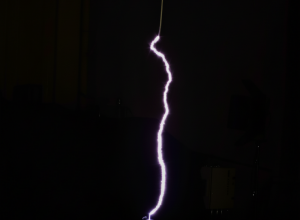
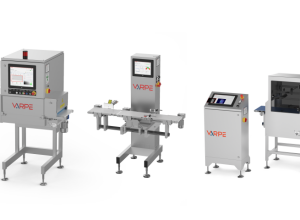
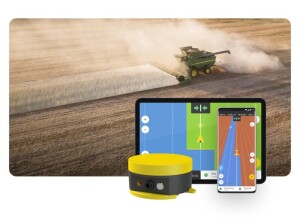
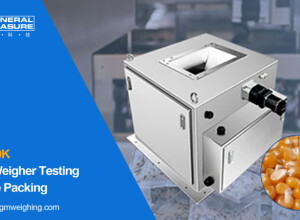






Interested? Submit your enquiry using the form below:
Only available for registered users. Sign In to your account or register here.